For many first-time hamster owners, the idea of holding their tiny, fast-moving pet without causing stress seems like an impossible dream. These nocturnal creatures are naturally skittish, often viewing large humans as potential predators. However, experienced hamster enthusiasts have developed remarkably effective techniques for building trust - using everyone's universal language: food.
The psychology behind treat-based taming reveals why this method works so well. Hamsters, despite their small size, possess excellent memory when it comes to food sources. In wild conditions, they memorize locations of reliable nourishment. Domestic hamsters retain this trait, associating specific individuals with positive feeding experiences. This creates a foundation for trust-building that's far more effective than forced handling.
Seasoned hamster trainers emphasize patience as the most crucial element in snack-based taming. Unlike dogs that might learn commands within days, hamsters require consistent, gentle reinforcement over weeks. The process can't be rushed - each hamster has its unique personality and comfort threshold. Some adventurous types might climb into your palm within days, while more cautious individuals may need months of daily snack sessions before tolerating touch.
Choosing the right treats makes all the difference in this delicate dance of trust-building. While commercial hamster treats exist, many trainers swear by natural options. Small pieces of carrot, broccoli florets, or apple (seedless) work well for Syrian hamsters. Dwarf varieties often prefer even tinier portions - a single sunflower seed or fragment of walnut can become a powerful bonding tool. The key lies in using treats the hamster can't easily store in its cheek pouches, ensuring immediate consumption and positive association.
Timing plays an underappreciated role in successful treat training. Hamsters are crepuscular by nature, meaning they're most active during dawn and dusk. Attempting interaction during their natural sleep cycle (midday for most) often backfires, creating negative associations. Observant owners track their pet's active hours, scheduling treat sessions when the hamster voluntarily emerges, bright-eyed and curious.
The physical presentation of treats matters more than most beginners realize. Placing snacks directly in the cage teaches nothing about human interaction. Instead, experts recommend holding treats between fingers at cage door level, allowing the hamster to approach voluntarily. Initially, the hamster might grab-and-run. With repetition, they'll linger longer, eventually eating from your hand. This gradual approach builds confidence without triggering the hamster's flight response.
Advanced trainers incorporate distinct auditory cues to enhance the training process. A specific clicking sound or gentle word said consistently before offering treats helps the hamster recognize feeding time. Over weeks, this sound alone can bring a hesitant hamster to the cage door, creating opportunities for interaction even when treats aren't immediately visible.
As trust develops, the treat placement can become more challenging. Moving snacks slightly further onto your palm encourages the hamster to step onto your hand. Some trainers use a "laddering" technique - placing treats in a trail leading from cage to hand. The hamster follows the edible breadcrumbs, often without realizing it's climbing onto a human. This method works particularly well with dwarfs, who tend to be more hesitant about large movements.
Seasoned hamster owners notice distinct behavioral shifts signaling progress. Early stages might involve the hamster freezing when touched. Intermediate phases show the animal taking treats without flinching. The ultimate breakthrough comes when the hamster actively seeks interaction, climbing cage bars at your approach or standing on hind legs in anticipation. These behaviors indicate the hamster now views you as a source of positive experiences rather than a threat.
Common mistakes can derail even well-intentioned taming efforts. Overfeeding treats tops the list - while snacks build bonds, hamster obesity causes serious health issues. The recommended portion is no larger than the hamster's ear. Another pitfall involves sudden movements; jerking your hand away when touched teaches the hamster that humans are unpredictable. Breathing techniques help - slow, steady breaths subconsciously keep your movements calm.
Environmental factors significantly impact treat training success. Hamsters feel most secure in properly sized enclosures (minimum 450 square inches of floor space for Syrians). Overly small cages create stressed animals less receptive to bonding. The cage location matters too - high traffic areas with constant noise make consistent training nearly impossible. A quiet corner at waist height provides the ideal training environment.
For households with multiple hamsters (housed separately), treat training requires individual approaches. What works for one may fail with another. Keen observers note personal preferences - one hamster might adore mealworms while another prefers pumpkin seeds. Catering to these preferences accelerates bonding. Keeping a simple journal tracking each hamster's progress helps identify what techniques work best for each personality.
The transition from treat-taking to actual handling marks a critical phase. Once comfortable taking snacks from your palm, introduce gentle strokes during feeding. Start with one-finger touches on the back while the hamster eats. Over sessions, increase contact until you can lift the hamster briefly during treat time. Always end on a positive note - returning the hamster to its cage while calm reinforces that interaction brings safety, not stress.
Children can participate in treat training under strict supervision. This teaches responsibility while demonstrating that small creatures deserve respect. The key lies in teaching children to sit still during sessions - fidgety movements scare hamsters. Using a small stool placed near the cage helps children maintain the necessary stillness for successful interactions.
Senior hamsters present unique training challenges. Older animals often have established behaviors, but treat training can still improve quality of life. Softer foods help aging teeth - try cooked sweet potato or banana. Move slower with elderly hamsters, as their reaction times diminish. The bonding process might take longer, but the emotional rewards are profound, especially for hamsters adopted later in life.
For rescue hamsters with unknown histories, treat training requires extra sensitivity. These animals may associate human hands with negative experiences. Extremely shy individuals benefit from "remote treat delivery" initially - placing treats near (but not through) the cage bars avoids triggering defensive bites. Over weeks, gradually move treats closer to your hand's position until direct feeding becomes possible.
The scientific community has taken increasing interest in rodent-human bonding. Recent studies at the University of Helsinki confirmed that regular positive interactions (like treat training) actually alter hamster brain chemistry, reducing stress hormones. This research validates what experienced owners long suspected - that these small creatures truly form attachments to caring humans.
Beyond basic handling, advanced treat training can teach simple behaviors. Some owners train hamsters to come when called, climb small obstacles, or even navigate simple mazes - all using targeted treat reinforcement. While hamsters lack the cognitive complexity of dogs, their problem-solving abilities shine when properly motivated by favorite snacks.
Ultimately, successful treat training transforms the hamster ownership experience. What begins as a nervous creature hiding in bedding becomes a curious companion greeting you each evening. The process teaches patience, observation skills, and respect for another creature's boundaries - lessons that extend far beyond hamster care. When done properly, the bond formed through these careful snack sessions creates a mutually rewarding relationship that can last throughout the hamster's lifetime.

By /Jul 24, 2025
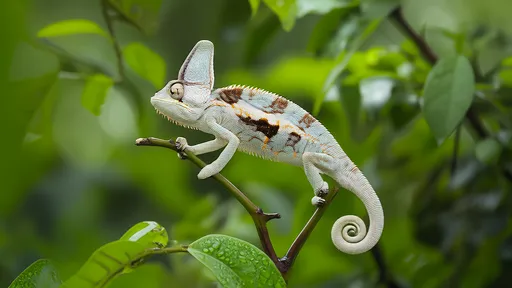
By /Jul 24, 2025
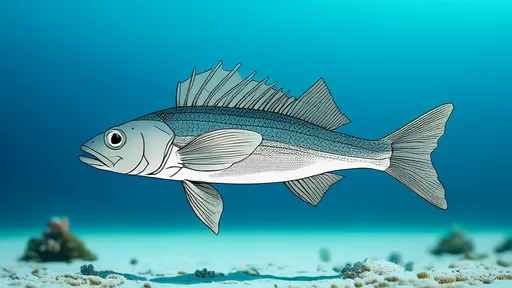
By /Jul 24, 2025
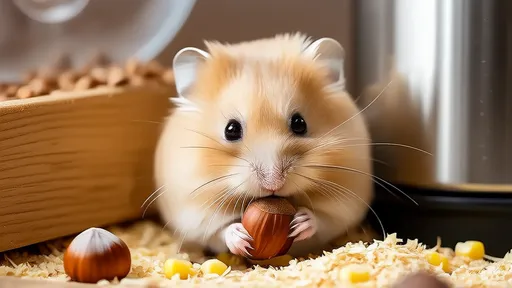
By /Jul 24, 2025

By /Jul 24, 2025

By /Jul 24, 2025
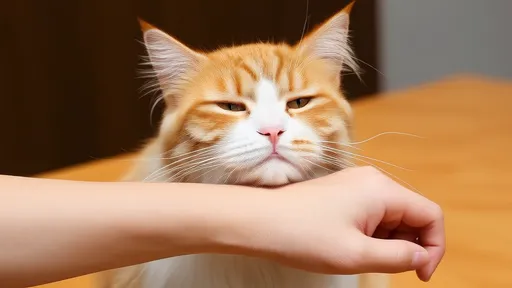
By /Jul 24, 2025
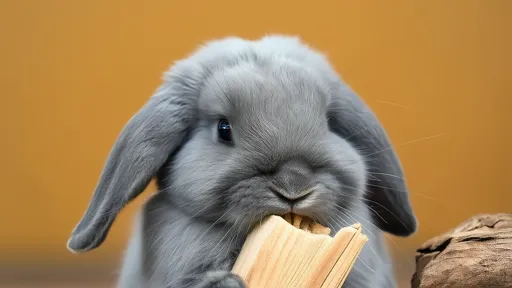
By /Jul 24, 2025

By /Jul 24, 2025

By /Jul 24, 2025
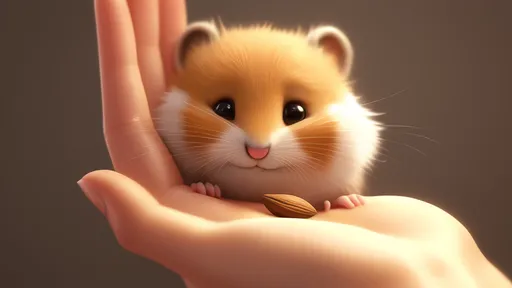
By /Jul 24, 2025

By /Jul 24, 2025

By /Jul 24, 2025
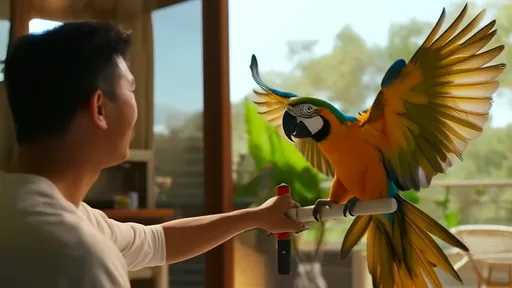
By /Jul 24, 2025

By /Jul 24, 2025

By /Jul 24, 2025

By /Jul 24, 2025

By /Jul 24, 2025